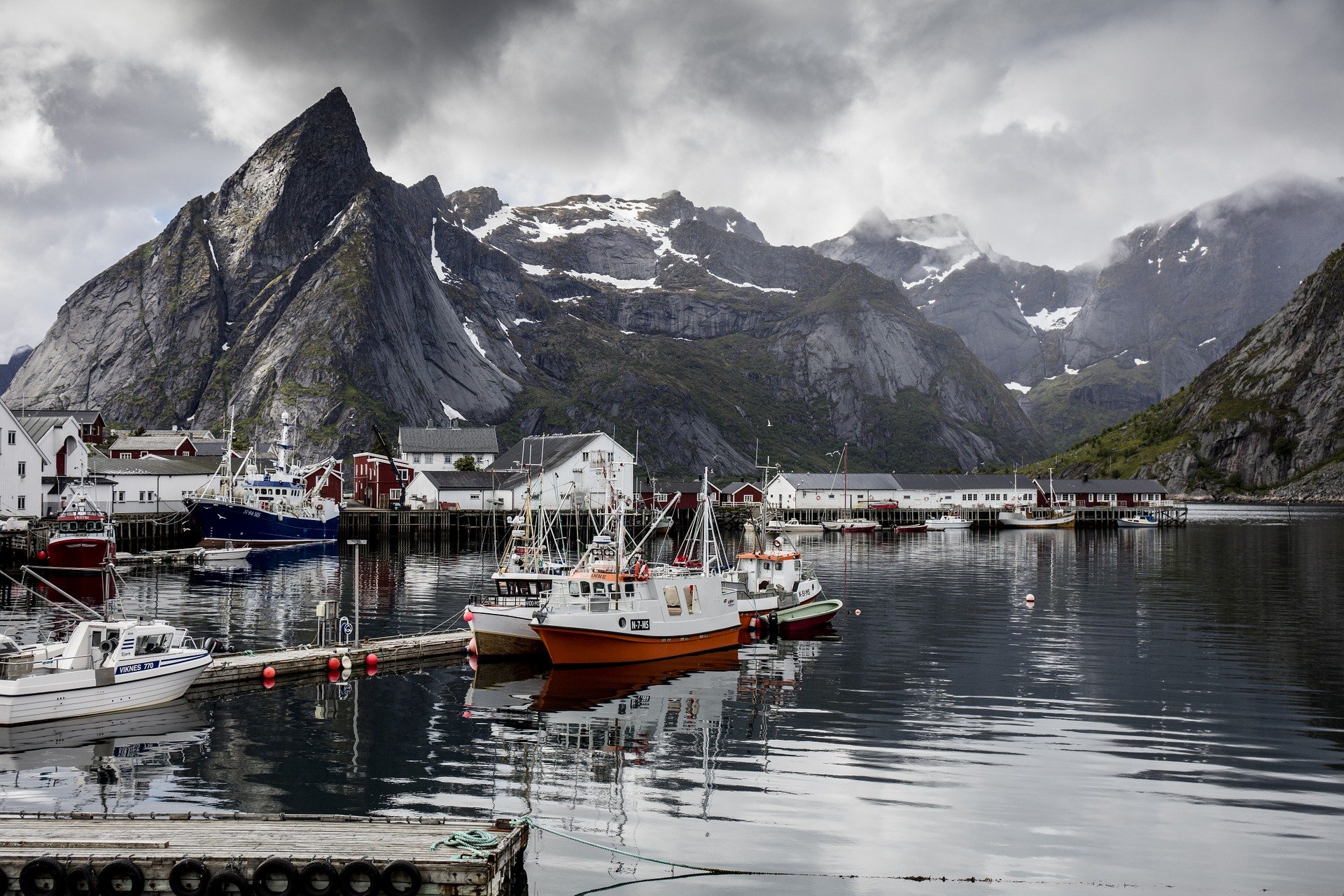Research
REXSAC (Resource Extraction and Sustainable Arctic Communities) is an interdisciplinary Center of Excellence, with partners in all Nordic countries, including Greenland and reaching out to Canada and Russia as well.
The aim of REXSAC is to contribute to practices and processes that ensure the sustainability of Arctic communities in a rapidly changing social, political, cultural, and ecological environment.
REXSAC is funded by Nordforsk for the period April 2016- April 2021, as one of four NCoEs in Arctic research under the programme Responsible Development of the Arctic: Opportunities and Challenges – Pathways to Action.
BACKGROUND:
Extractive industries have had and will have major impacts on environments and communities across the Nordic Arctic. They include challenges related to mining, hydrocarbon extraction and energy production. The expansion of wind power add additional pressures on northern environments and communities, while the societal need to move towards fossil-free energy sources is urgent.
With a history dating back to the 17th century in northern Fennoscandia, mining operations in the Nordic Arctic are significant in a European perspective. Over 90% of all iron ore in the EU being produced in Arctic Sweden, while mining projects in northernmost Norway and Finland produce gold, copper, nickel, quartz, platinum, palladium and chrome. New mining projects in the Arctic generate hopes for prosperous futures while at the same time causing concern for environmental degradation and disruption of other land uses and indigenous cultures – from Narsaq in southern Greenland to Laver and Kallak in northernmost Sweden, to the Varanger peninsula in North Norway.
In some places, such as Svalbard, mines are closing down, forcing state authorities and local stakeholders to seek out ways to build new futures. Fossil fuel extraction in the Barents sea is of national significance for the Norwegian economy but the industry is challenged by the need to transition into a post-petroleum future, as well as increasing debate on how the region’s coastal areas should be used to ensure a sustainable future.
Because extractive industries often have major impacts on both local economies and on other uses of land and ecosystem resources, prospects of expansion of extractive industries in the Nordic Arctic affect not only a wide range of actors but also the opportunity to build sustainable futures.
We have identified several key insights of our research results across the multitude of activities in REXSAC. They all emphasize the need for more attention to the social implications of extractive industries and that extractive industries constitute only one of several pressures on people and environments in the Arctic.
Key insights are presented here in relation to REXSAC’s three overarching research questions, with links to the relevant research tasks:
Q1. How and why does resource extraction commence?
Insight: Investments in Arctic extractive industries are often linked to emotionally loaded expectations about the future.
Several factors have been driving the rise and decline of industrial resource extraction in the Arctic – global and national demands for minerals, occasionally coupled with geo-political interests, institutional frameworks, new technologies, investment costs, the quality of ores, political stability and social acceptance. In other words, investments in extractive industries have been seen as dependent on purely rational considerations. Opposition to mining, to the contrary, are often discussed as “emotional”. However, our research shows that not only local perceptions of extraction is linked to emotions, but also political decision making and indeed decisions to invest. Such emotions can be related to wishes for national independence, such as in Greenland, hopes for local job opportunities in communities with declining population, as well as to fears that environmental impacts will destroy livelihoods that depend on undisturbed land- and seascapes. Narrating the future becomes a tool not only to gain local acceptance but also to attract investment and convince decision makers.
Research Task 5 investigates the role emotions play in cases across the European Arctic. Research Task 8 explores how the prospect of extractive expansion triggers local controversies and contested visions of the future, focusing on Northern Scandinavia. Work in research tasks 1 and 9 investigates local notions of sustainability.
Insight: Negotiations about ‘Sustainable Development’ are at the heart of decisions about extractive industries.
What sustainability means for local communities is usually defined from global or national perspectives. At the local levels, different ways of knowing and of using the landscape affect what people view as sustainable and thus how resources are valued and whether resource extraction is desirable or not.
Research tasks 3, 4, 5 and 8 highlights that state and corporate perspectives commonly take precedence over local concerns within political sustainability discourses.
Insight: Engaging with local communities in co-production of knowledge can improve the quality of impact assessments.
Current impact assessment practices rarely account for all potential consequences and impacts of mining. The varieties of local perceptions of mining impacts and sustainability are rarely considered in assessment processes for extraction. A greater involvement of local communities in assessment processes is necessary to avoid outcomes that are considered as unjust and illegitimate, and therefore lead to tensions and conflicts.
Research task 4 is showing that high quality assessments that take all relevant knowledge into account require investment of resources to Indigenous groups and local communities. Research task 1/9 uses input from interviews and workshops with local actors to investigate how the global Sustainable Development Goals could be adapted to the Arctic and potentially used as a tool for improved impact assessment.
Q2. What consequences does resource extraction have for communities and environments in the Arctic and beyond?
Insight: Improving assessments of effects of extractive activities demand a holistic understanding of such activities in the context of climate change.
Extractive industries are not only production sites, but make up large systems of linked technological, societal and environmental components stretching over vast geographies and long timespans. REXSAC defines them as socio-technical-ecological systems. Increasing resource interests in the Arctic, as well as the legacies of systems constructed in the past, result in a multitude of such systems, which together with the impacts of climate change result in multiple pressures on communities and environments in the region. These pressures include:
- Expanding socio-technical-ecological systems for mining, forestry and energy production
- Legacies of past activities
- Changing weather and snow conditions due to climate change
Research Task 2 is studying multiple pressures from extractive industries but also from other societal activities and climate change and assess the system dynamics that influence long-term development in mining regions, together with research tasks 6 & 7 which explore enduring impacts of past extraction.
Q3. What opportunities exist for transitions to post-extractive futures?
Insight: The post-extraction afterlife of settlements and regions built around extractive industries receives too little consideration when planning for new mining projects and assessing their impacts.
All mines eventually come to an end. This is a great challenge in the Arctic, where alternative incomes are fewer, distances to alternative employment long, and where the environmental footprint of mines are often long-lasting. Former mines leave behind communities that have grown to depend on incomes from the extraction, uncertainties about the future and related social stress, and in cases wounds from perceived historical injustices. Therefore planning for and assessing impacts of resource extraction requires a long time perspective, which considers a wide array of challenges beyond the end of extraction; diversification, transitions to new livelihoods and multi-faceted approaches to the decommissioning of systems for extraction, ensuring responsible treatment of toxic waste while seizing opportunities to build new futures from legacies of the past.
Research task 6/7 explores the afterlives of communities and regions built around resource extraction in the Arctic, with a focus on the role of environmental remediation, re-economization and heritagization in the making of sustainable post-extraction futures. The work is carried out in close collaboration with research tasks 1/9 on scenarios and 2 on multiple pressures.
Insight: Innovative research on extractive industries benefits from interdisciplinary training and exchange of highly qualified personnel, such as PhD students and postdoctoral fellows.
This training is offered to PhD students in REXSAC, who will in turn contribute new perspectives and methods to the study of Arctic communities and resources.
PhD students are primarily contributing to the work in Research tasks 2, 4, 6 and 7.
REXSAC's research is organized in ten interlinked Research Tasks.
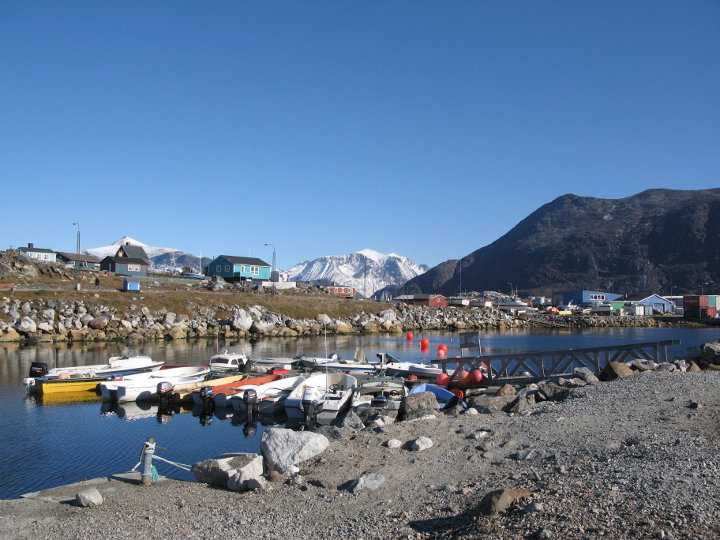
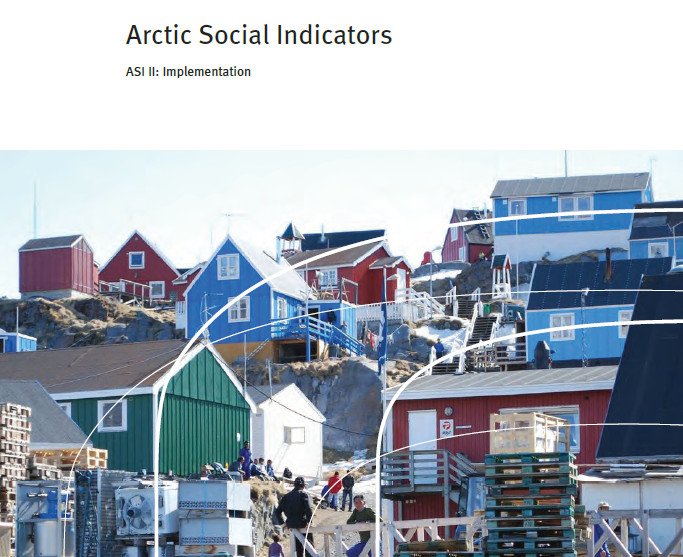
Defining sustainable development: Indicators and assessment (RT 1/9)
This research task combines former research tasks 1 and 9 with the aim of developing a set of Arctic-relevant sustainable development indicators that can be…
Learn more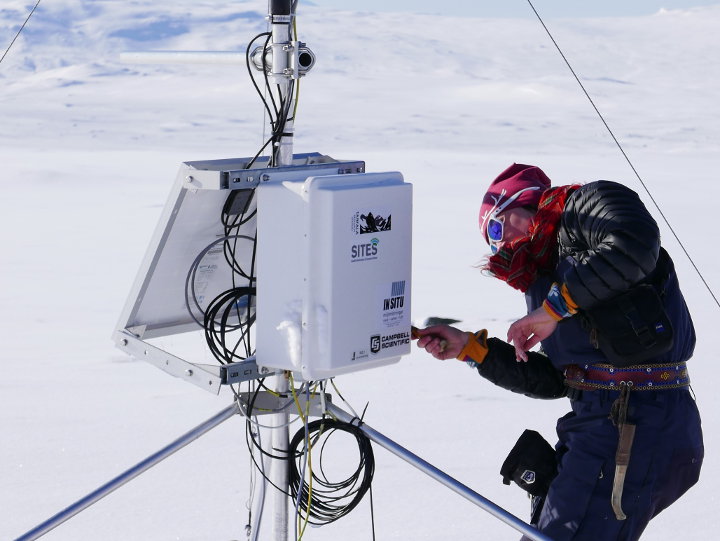
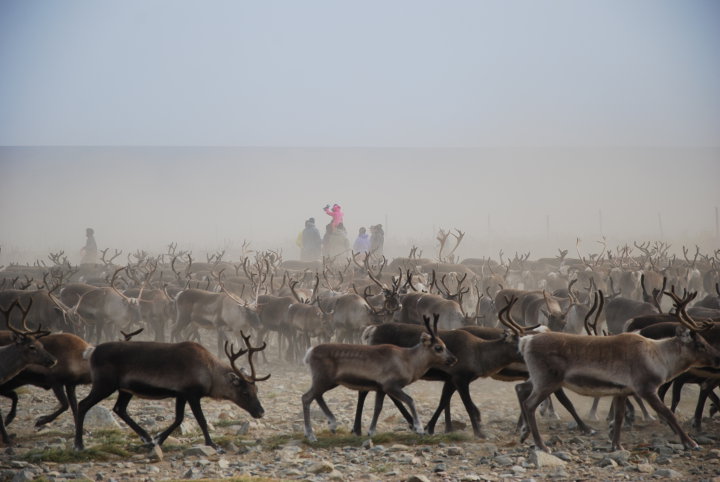
Impacts of multiple pressures on Arctic landscapes and societies (RT 2)
The combined effects of mining activities in areas that are experiencing rapid climate and environmental change are poorly understood. This Research Task investigate multiple social…
Learn more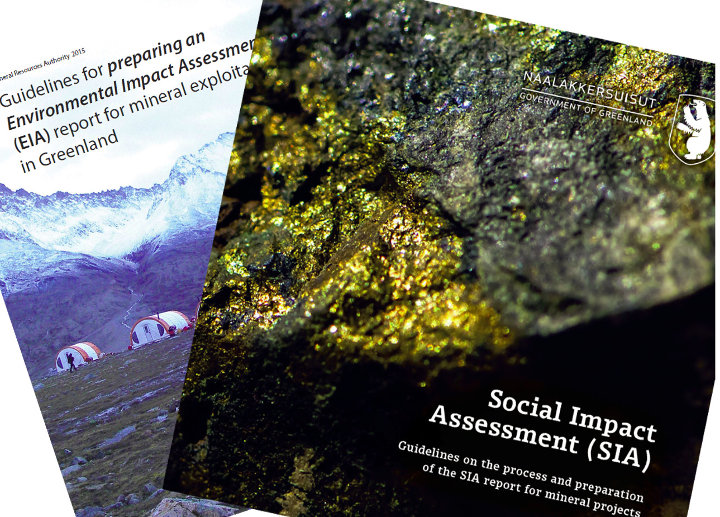
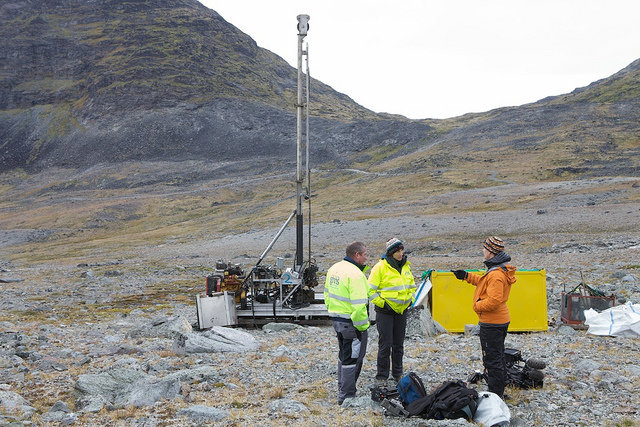
Governance structures for extractive industries: Identifying path dependencies (RT 3)
Governance structures for extractive industries in the Arctic are increasingly integrated in complex structures where international as well as national pressures are factored into mining…
Learn more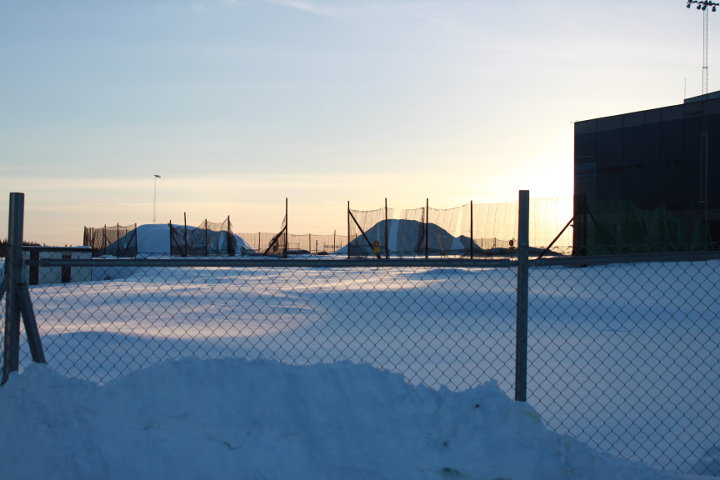
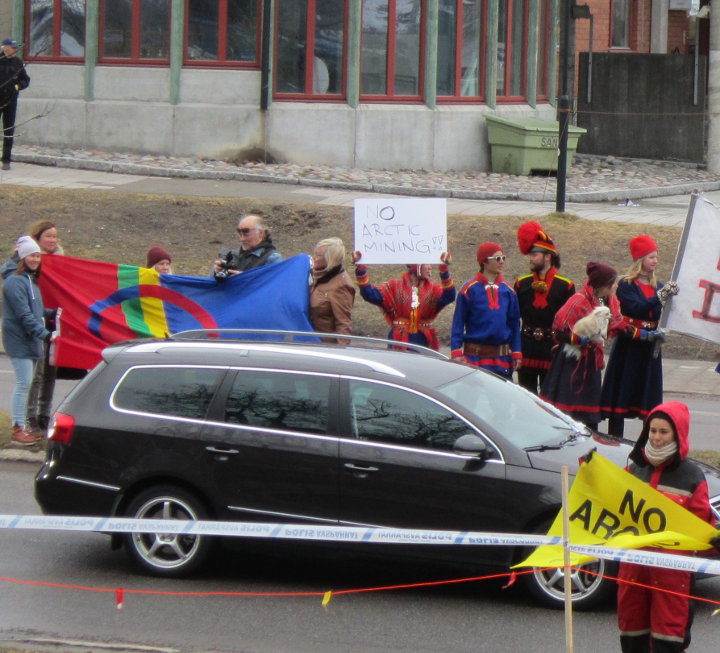
Transnational companies, indigenous peoples – the politics of Arctic mining (RT 4)
Mining has a long history in the Arctic – one that complicates present-day discussions about the industry’s role in creating a prosperous future for Arctic…
Learn more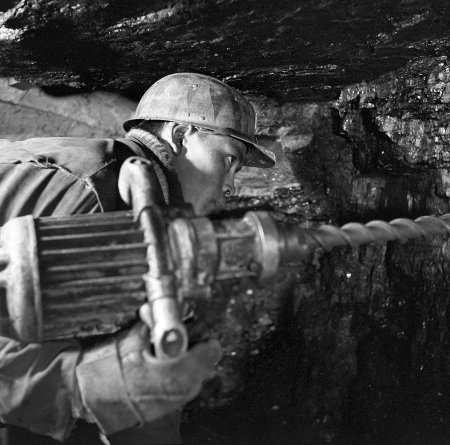
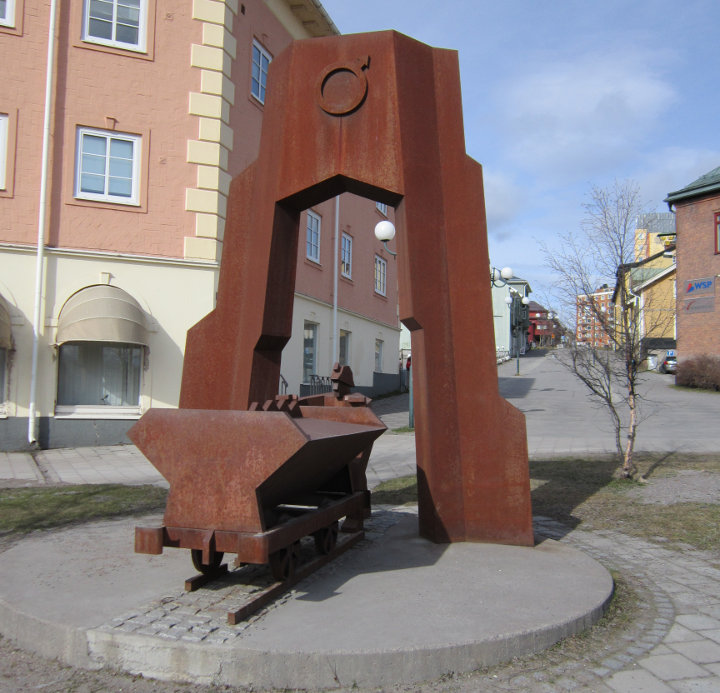
Affective economies: How are places, communities and identities constructed? (RT 5)
For centuries, extractive industries in the Arctic have been addressed, managed, encouraged, protested against and wished for. The primary paradigm fuelling these discussions has focused…
Learn more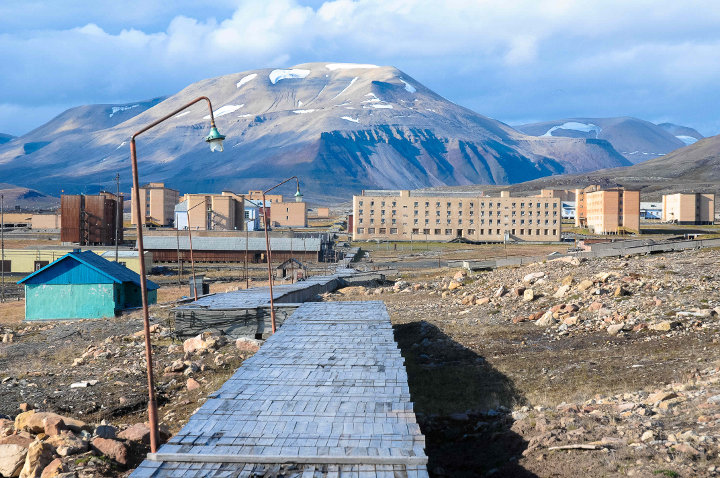
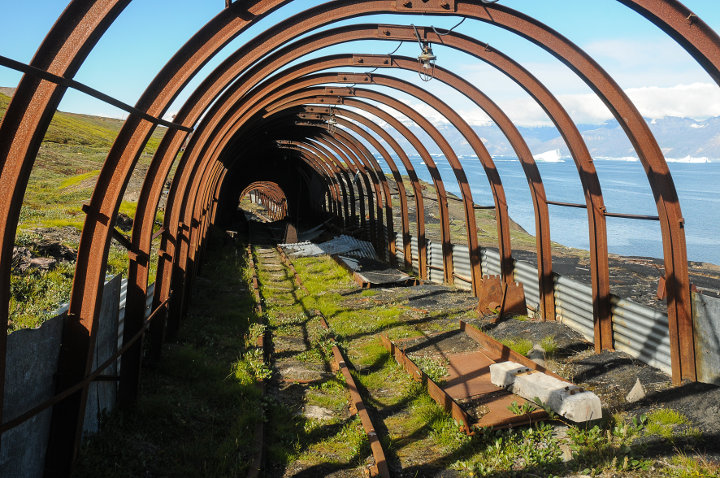
Extraction legacies in post-extraction transitions: re-mediation, re-economization and heritagization. (RT 6/7)
This research task brings together a highly interdisciplinary group of scholars within heritage studies, environmental history, human geography and tourism research, physical geography, hydrology and…
Learn more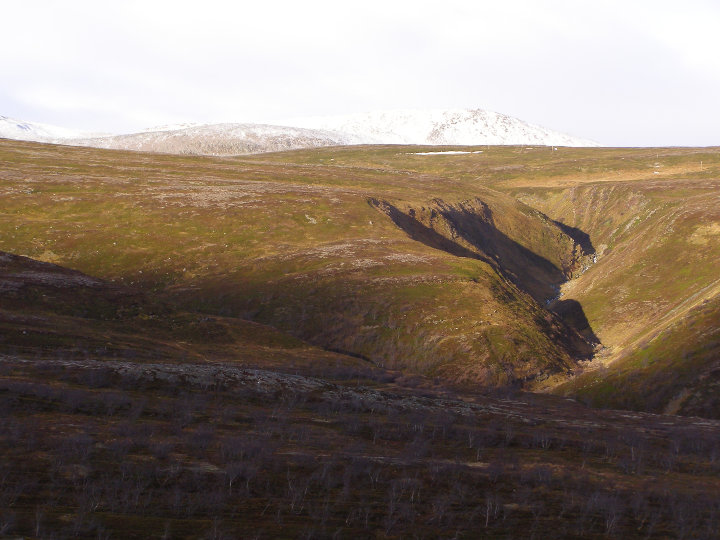
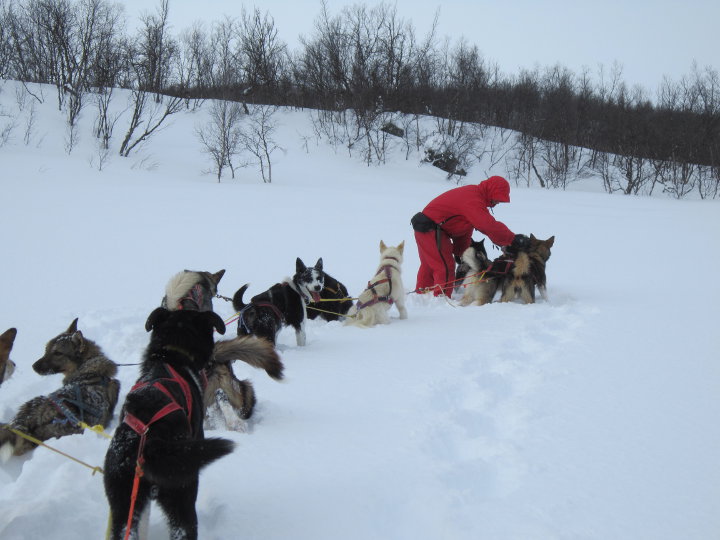
Co-existences: Recoding natural resources for future livelihoods (RT 8)
This research task explores alternatives to extractive industries in the Arctic, with a primary focus on landscape engagements and multiple forms of livelihoods. The research…
Learn more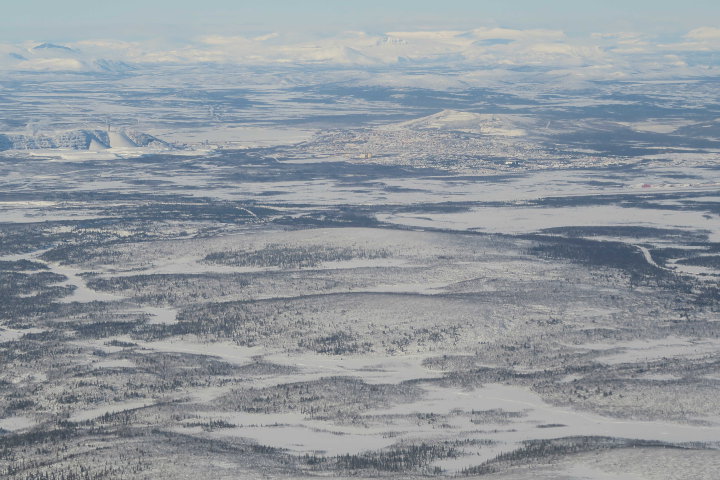
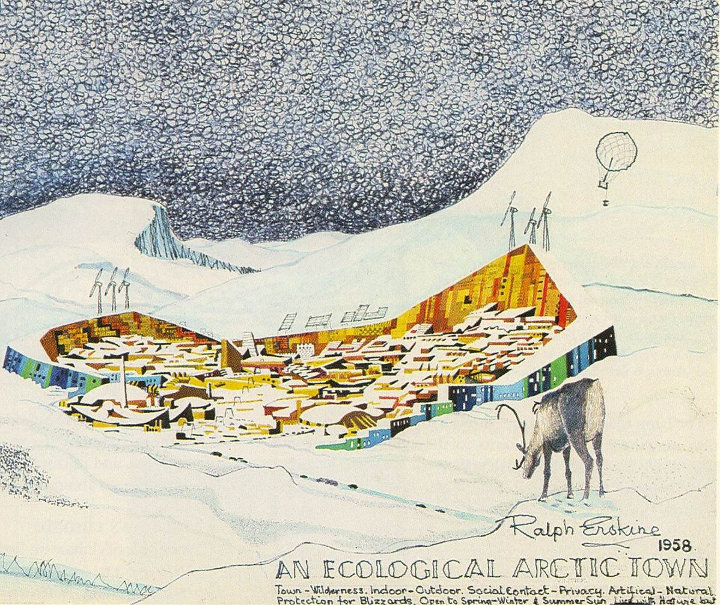
Comparative global learning: Theorizing transitions to sustainable futures (RT 10)
Sustainability pathways are always local, but lessons may nonetheless be learned from comparative studies. Long-term sustainability in Arctic communities affected by extractive industries can therefore…
Learn more
